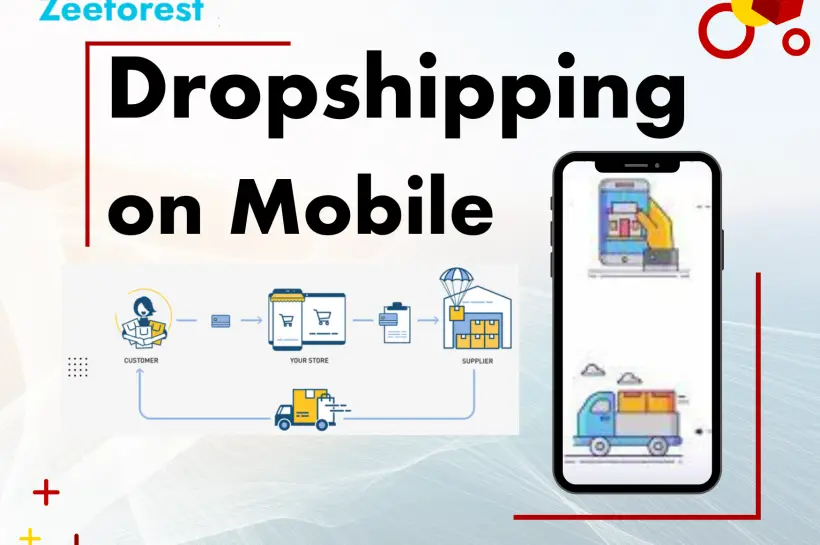
Advantages of e-commerce to business
There’s no doubt in it – the opportunity to sell online has helped several businesses earn more and grow successfully. Like any other business strategy, there are many plus points and the benefits of e-commerce can help one to excel. We couldn’t agree more and have collected some information to explain the plus points and help you with business decisions. What is e-commerce? Ecommerce can be defined as the buying and selling of goods electronically online. It is popular because of the many benefits of e-business -internet marketing, electronic funds transfer, mobile commerce – this is broken up into two parts. Online retail shopping that goes directly to consumers through mobile apps, websites and even voice assistants, chats, chat bots etc. Sellers being a part of online marketplaces where many third-party sales take place. Understanding the advantages of ecommerce. This article was made to help you know more about the benefits of e-business. The online marketplace is a good platform for you to expand your business. We are going to explain what kind of advantages there are by sharing what we know about online selling. In brief, these are the plus points we will talk about. 1. Faster buying process 2. Store and product listing creation 3. Cost reduction 4. Affordable advertising and marketing 5. Flexibility for customers 6. No reach limitations 7. Product and price comparison 8. Faster response to buyer/market demands 9. Several payment modes 10. Enables easy exports 1. Faster buying process Customers can spend less time shopping for what they want. They can easily browse through many items at a time and buy what they like. When online, customers can find items that are available in physical stores far away from them or not found in their locality. For example – Rajesh is a customer who goes to a store to buy a washing machine. After searching, he realizes that he cannot find the product he needs. He logs onto a popular ecommerce marketplace and finds the washing machine. What is even better is that there is a special offer price and it can be delivered to his home. Þ This is where ecommerce comes to the rescue for many shoppers. They go online, search for an item, get a fast response and can buy it just as quickly. Advantages of e-business include helping one to choose from a wide range of products and get the order delivered too. Searching for an item, seeing the description, adding to cart – all steps happen in no time at all. In the end, the buyer is happy because he has the item and didn’t have to travel far. 2. Store and product listing creation A product listing is what the customer sees when they search for an item. This is one advantage in ecommerce meant for the seller. This online business plus point is that you can personalize your product listing after creating them. The best part? Creating a listing takes very little time, all you require is your product name or codes like EAN, UPC, ISBN or ASIN. Þ Sellers can add many images, a description, product category, price, shipping fee and delivery date. So, in just one step you can tell the customer many things about the item. Creating your listing shows the buyers what you have. Ø Rules for product listing ü Use high quality resolution images. Blurry images distract and confuse customers. ü Maintain image dimensions. Usually ecommerce marketplaces will recommend a resolution format. ü Provide multiple product views. Some sites even let you include a 360-degree view of items. ü When adding product variants – such as lipsticks in different shades – ensure each variant has its specific image. Customizing listings makes them attractive and appealing. § Here the seller has full control over customization, he can mention offers available, discounts etc. Other advantages of e-business product listing are that it is free to upload and fast. How this is different from offline stores? – Offline retail merchants can provide only some details about the product. This can be a hassle as they have to keep repeating the same data to every customer! Lastly, the listing stays online 24×7 so the customer can see the item when he wishes. Sellers do have the option of adding multiple listings or removing items that are sold out. 3. Cost reduction One of the biggest advantages of ecommerce to business that keep sellers interested in online selling is cost reduction. Many sellers have to pay lots to maintain their physical store. They may need to pay extra up front costs like rent, repairs, store design, inventory etc. In many cases, even after investing in services, stock, maintenance and workforce, sellers don’t receive desired profits and ROI (Return on Investment). How this is different with online stores? – With an ecommerce store, a seller can reduce how much is spent in store upkeep. An ecommerce store is affordable and requires less investment when compared with a physical store. This is also a good opportunity for individual and small scale sellers who want to earn an income but don’t have the required start-up capital. Did you know – “33% of consumers use their mobiles to shop for items.” 4. Affordable advertising and marketing Sellers don’t have to spend a lot of money to promote their items. The world of ecommerce has several affordable, quick ways to market online. Ecommerce marketplaces are visual channels – and sellers can really show off their product. Þ One can add life to plain, boring text using DIY features to create customized deals, coupons, A+ content and sponsored ads. Many ecommerce marketplaces offer customer insight tools that can be used to analyze customers. Usually, this is a page that shows all orders – pending, unshipped, sent, cancelled, returns. 5. Flexibility for customers An important advantage of ecommerce to business is that sellers can provide flexibility to customers. One highlight is that the product and services are ready 24×7. The result is that seller can offer his item any place, any time. Customers are always present on an ecommerce marketplace –…














